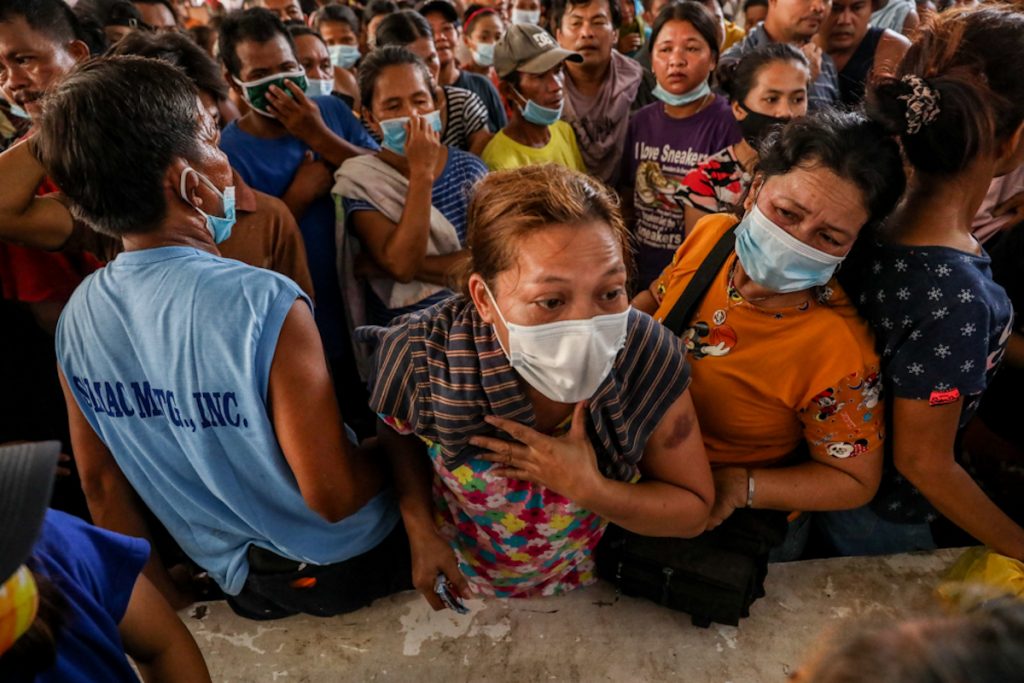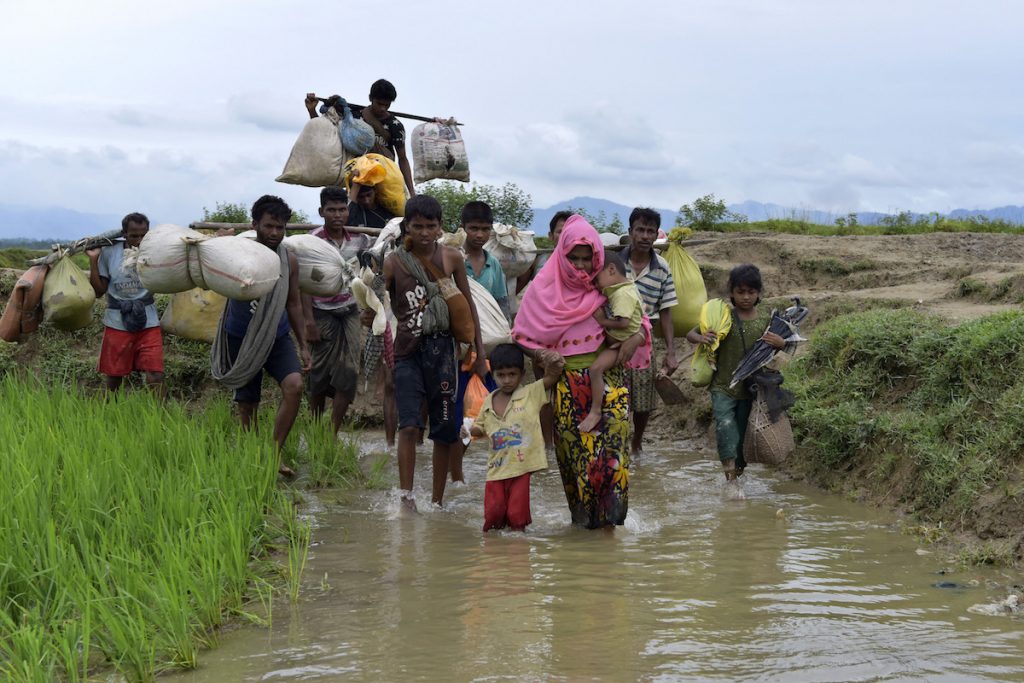China, the Philippines, and Vietnam were among countries most affected by natural disasters in the past year, said a report released by the Geneva-based Internal Displacement Monitoring Center.
The report, which was released on Thursday, noted that most of the “disaster displacement” recorded globally in 2020 took place in the East Asia and Pacific regions.
“Typhoons, floods, earthquakes and volcanic eruptions triggered 12.1 million new displacements, the highest figure since 2016 and above the region’s 10-year average of 11.2 million,” the report read.
The report noted that China, the Philippines and Vietnam recorded some of the highest figures globally with 5.1, 4.4, and 1.3 million new displacements, respectively.
Volcanic activity also forced people to flee their homes in the Philippines, Indonesia and Vanuatu.
The eruption of Mount Taal in the Philippines triggered 506,000 displacements in January last year, while conflict and violence displaced people in the Philippines, Myanmar and Indonesia.
About 186,000 new displacements were recorded across the region, and by the end of the year about 753,000 people were living in internal displacement as a result of conflict and violence.

Conflict and violence
Aside from natural disaster, ethnic and religious tensions that fuelled conflict and violence also forced people to flee their homes in several countries, added the report.
Most displacements took place in the Philippines, Myanmar and Indonesia.
Almost 111,000 new displacements were recorded in the Philippines, majority in the souther region of Mindanao, where the military, the communist-led New People’s Army, and the Abu Sayyaf bandit group clashed with government forces several times during the year.
Outside Mindanao, other displacement events in the Philippines were reported in central, eastern, and Western Visayas
In Myanmar, more than 70,000 new displacements were recorded. Armed conflict between the government and the Arakan Army, an ethnic nationalist armed group, triggered about 58,000 in Rakhine and Chin states.
The remaining 12,000 were recorded in Shan and Karen states and the Mandalay region, the result of fighting between the military and ethnic armed groups.
New displacements also took place in Indonesia. The report said more than 4,600 were recorded, most of them triggered by ongoing tensions between security forces and rebel groups in the Papua and West Papua regions.
An armed group affiliated with the so-called Islamic State launched an attack in Sigi Regency in Central Sulawesi that triggered further displacements.

Internal displacement at all-time high
The report said the total number of people living in internal displacement reached a record 55 million by the end of 2020.
At least 40.5 million new displacements were triggered across the world by disasters and violence, the highest annual figure recorded in a decade.
“It is particularly concerning that these high figures were recorded against the backdrop of the COVID-19 pandemic,” said Alexandra Bilak, director of the center.
Outside Asia, escalating violence and the expansion of extremist groups in Ethiopia, Mozambique and Burkina Faso fuelled some of the world’s fastest growing displacement crises.
Long-running conflicts, such as those in the Democratic Republic of the Congo, Syria and Afghanistan, also continued to force large numbers of people to flee.
“It’s shocking that someone was forced to flee their home inside their own country every single second last year,” Jan Egeland, secretary general of the Norwegian Refugee Council.
“We are failing to protect the world’s most vulnerable people from conflict and disasters,” he said.
Weather-related events, primarily storms and floods, were responsible for 98 percent of all disaster displacement.
This year’s Global Report on Internal Displacement focused on the changing climate.
The report noted that rising temperatures are increasing the intensity and frequency of weather-related hazards, although there are other factors that drive displacement risk.






